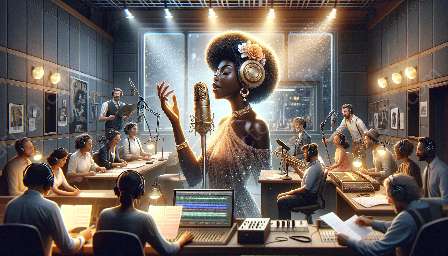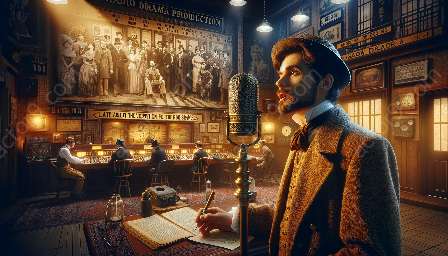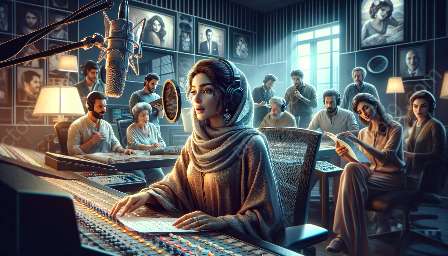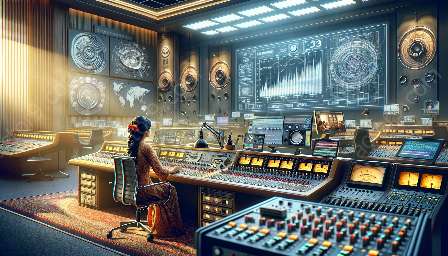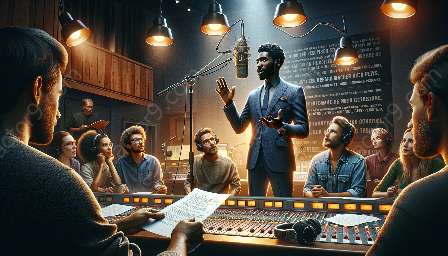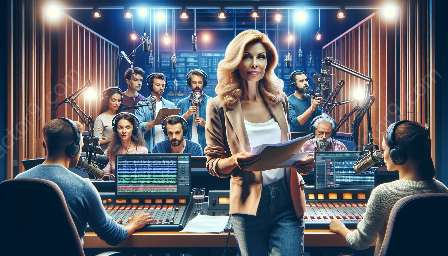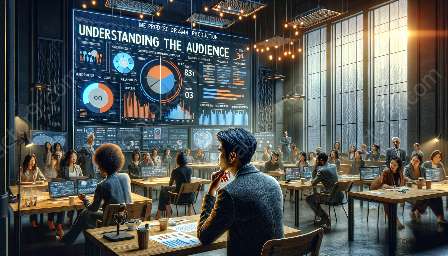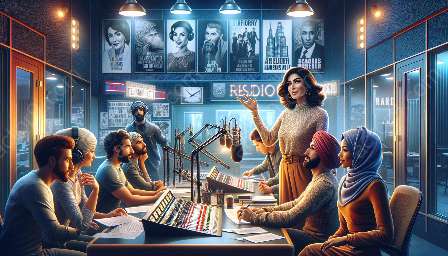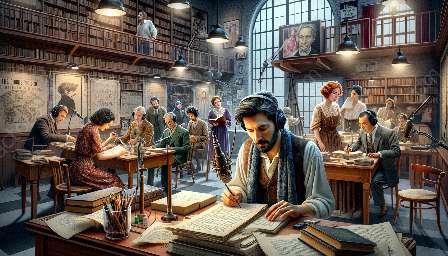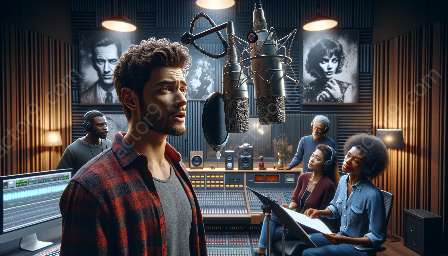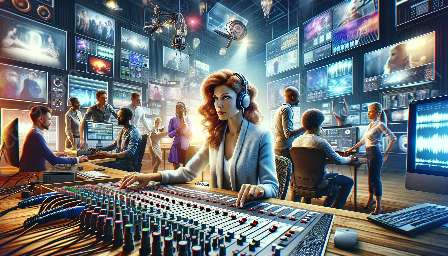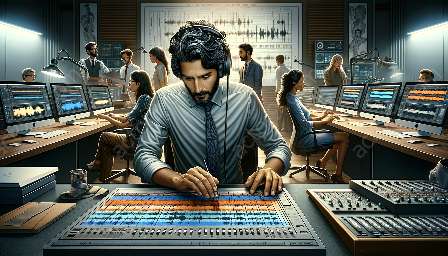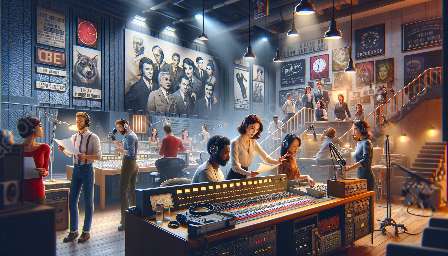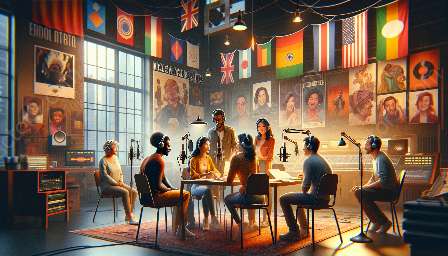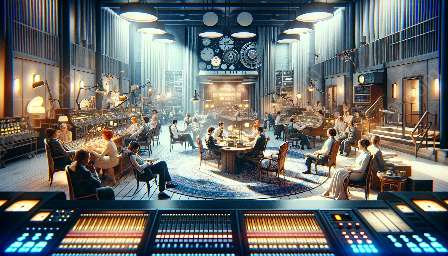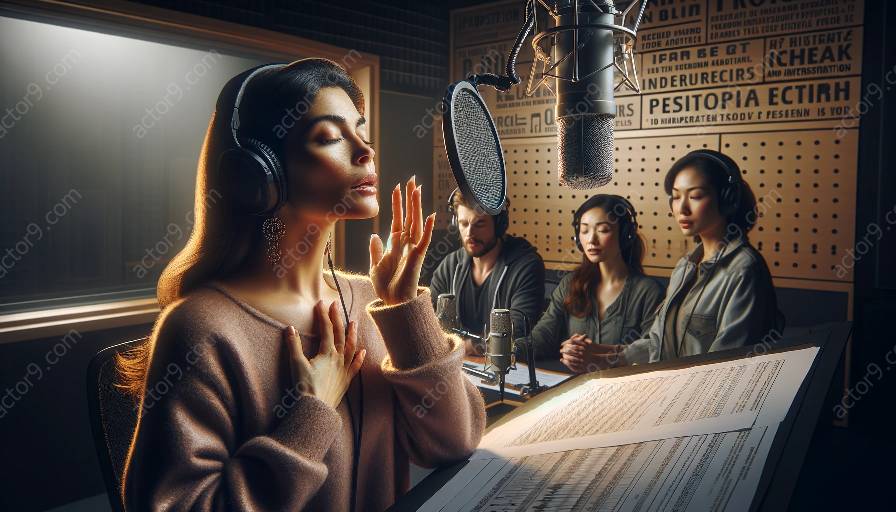Introduction
Radio drama performance has a rich and fascinating history that has evolved alongside changes in technology, society, and cultural trends. This topic cluster aims to explore the historical development of radio drama performance, its interpretation, and its production, providing insight into the evolution of this captivating storytelling medium.
Evolution of Radio Drama Performance
The emergence of radio as a mass medium in the early 20th century marked the beginning of radio drama performance. Initially, radio plays were live performances, often featuring actors, sound effects artists, and live musicians in a studio setting. These performances required a high level of coordination and skill, as there were no second chances for retakes.
As technology advanced, pre-recorded radio drama performances became more prevalent. This allowed for greater production value and the incorporation of complex soundscapes and music. The craft of radio drama performance evolved to encompass different acting techniques, vocal styles, and methods for creating immersive experiences solely through audio.
Interpretation and Performance in Radio Drama
Interpretation and performance in radio drama are deeply intertwined. Actors must convey emotion, character dynamics, and storytelling through their voices alone, often without the aid of visual cues. This requires a heightened level of vocal expression, timing, and imagination to bring characters and scenes to life for the audience.
Furthermore, interpreting the script and understanding the nuances of the characters and the story is essential for delivering a compelling performance in radio drama. The performer's ability to interpret the script and infuse it with depth and emotion is crucial for engaging listeners and eliciting a strong emotional response.
Radio Drama Production
The production of radio drama encompasses various elements, including scriptwriting, casting, sound design, music composition, and technical engineering. A well-produced radio drama requires meticulous attention to detail in creating captivating soundscapes, realistic sound effects, and atmospheric music to support the storytelling and enhance the listener's experience.
Modern radio drama production also benefits from advancements in recording and editing technologies, allowing for greater flexibility and creativity in assembling a radio play. The integration of innovative sound design techniques and digital editing tools has expanded the possibilities for creating immersive and dynamic radio drama performances.
Conclusion
The historical development of radio drama performance has been shaped by technological advancements, artistic interpretations, and the collaborative efforts of writers, actors, directors, and sound professionals. Exploring the evolution of radio drama performance, its interpretation, and production provides valuable insight into the enduring allure of this unique art form in the realm of storytelling.

